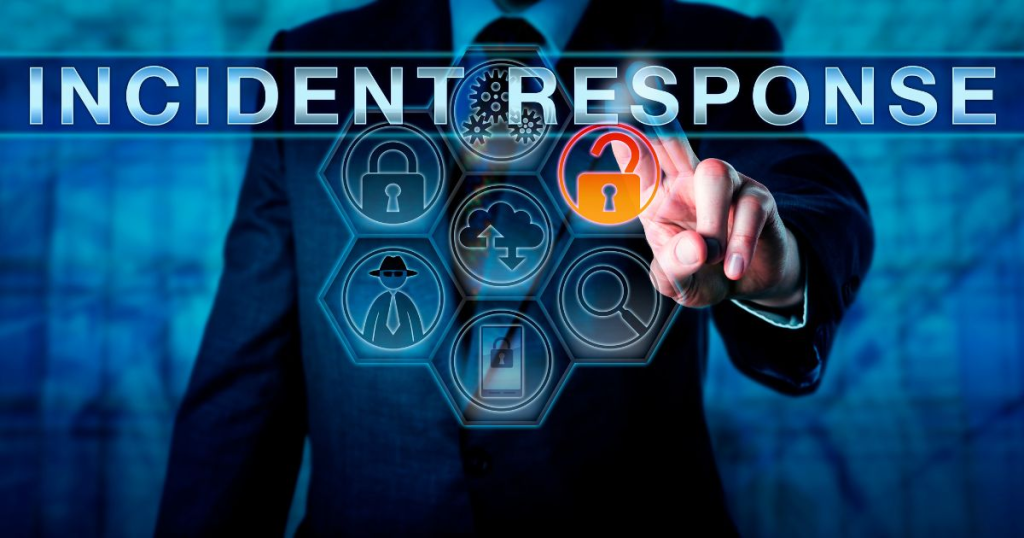
In today’s increasingly interconnected world, organizations are constantly at risk of cyberattacks and security breaches. Having a robust Incident Response Management (IRM) plan and the right tools is crucial for minimizing damage and recovering quickly from such incidents.
IRM tools fall into several categories, each with its own strengths and weaknesses. Here’s a breakdown of some key types:
1. Security Information and Event Management (SIEM):
- Function: Aggregates data from various security sources like firewalls, intrusion detection systems, and endpoint security tools, providing a centralized view of potential threats.
- Benefits: Helps analysts identify anomalies, prioritize incidents, and respond quickly.
- Popular Tools: Splunk, LogRhythm, ArcSight, QRadar
2. Endpoint Detection and Response (EDR):
- Function: Monitors endpoints (laptops, servers, etc.) for suspicious activity and provides deep-dive forensic analysis.
- Benefits: Detects advanced threats like malware and ransomware before they cause widespread damage.
- Popular Tools: Crowdstrike Falcon Insight, MacAfee Endpoint Security Complete, SentinelOne
3. Security Orchestration, Automation, and Response (SOAR):
- Function: Automates repetitive tasks in the incident response process, such as containment, eradication, and recovery.
- Benefits: Saves time and resources, improves response efficiency.
- Popular Tools: Palo Alto Cortex XSOAR, Demisto, Deepwatch Deepfence
4. Vulnerability Management:
- Function: Identifies and prioritizes vulnerabilities in systems and applications.
- Benefits: Helps patch vulnerabilities before they can be exploited by attackers.
- Popular Tools: Qualys VM, Rapid7 Nexpose, Tenable Nessus
5. Threat Intelligence:
- Function: Provides real-time updates on emerging threats and attack methods.
- Benefits: Helps organizations stay ahead of attackers and improve their defenses.
- Popular Tools: ThreatConnect, Recorded Future, Palo Alto Unit 42
Choosing the right IRM tools depends on your specific needs and budget. Consider factors like the size and complexity of your IT infrastructure, the types of threats you are most vulnerable to, and your existing security investments.
Here are some additional trends to watch in the IRM space:
- Rise of Cloud-based Tools: Cloud-based IRM tools offer scalability, flexibility, and ease of deployment.
- Increased Focus on Automation: Automation is essential for streamlining the incident response process and reducing human error.
- Integration with Artificial Intelligence (AI): AI-powered IRM tools can help detect and respond to threats more effectively.
- Emphasis on Collaboration: Effective IRM requires strong communication and collaboration between different teams.
By staying informed about the latest IRM tools and trends, you can ensure that your organization is well-prepared to handle any security incident.

👤 About the Author
Rahul is passionate about DevOps, DevSecOps, SRE, MLOps, and AiOps. Driven by a love for innovation and continuous improvement, Rahul enjoys helping engineers and organizations embrace automation, reliability, and intelligent IT operations. Connect with Rahul and stay up-to-date with the latest in tech!
🌐 Connect with Rahul
-
Website: MotoShare.in
-
Facebook: facebook.com/DevOpsSchool
-
X (Twitter): x.com/DevOpsSchools
-
LinkedIn: linkedin.com/company/devopsschool
-
YouTube: youtube.com/@TheDevOpsSchool
-
Instagram: instagram.com/devopsschool
-
Quora: devopsschool.quora.com
-
Email: contact@devopsschool.com

